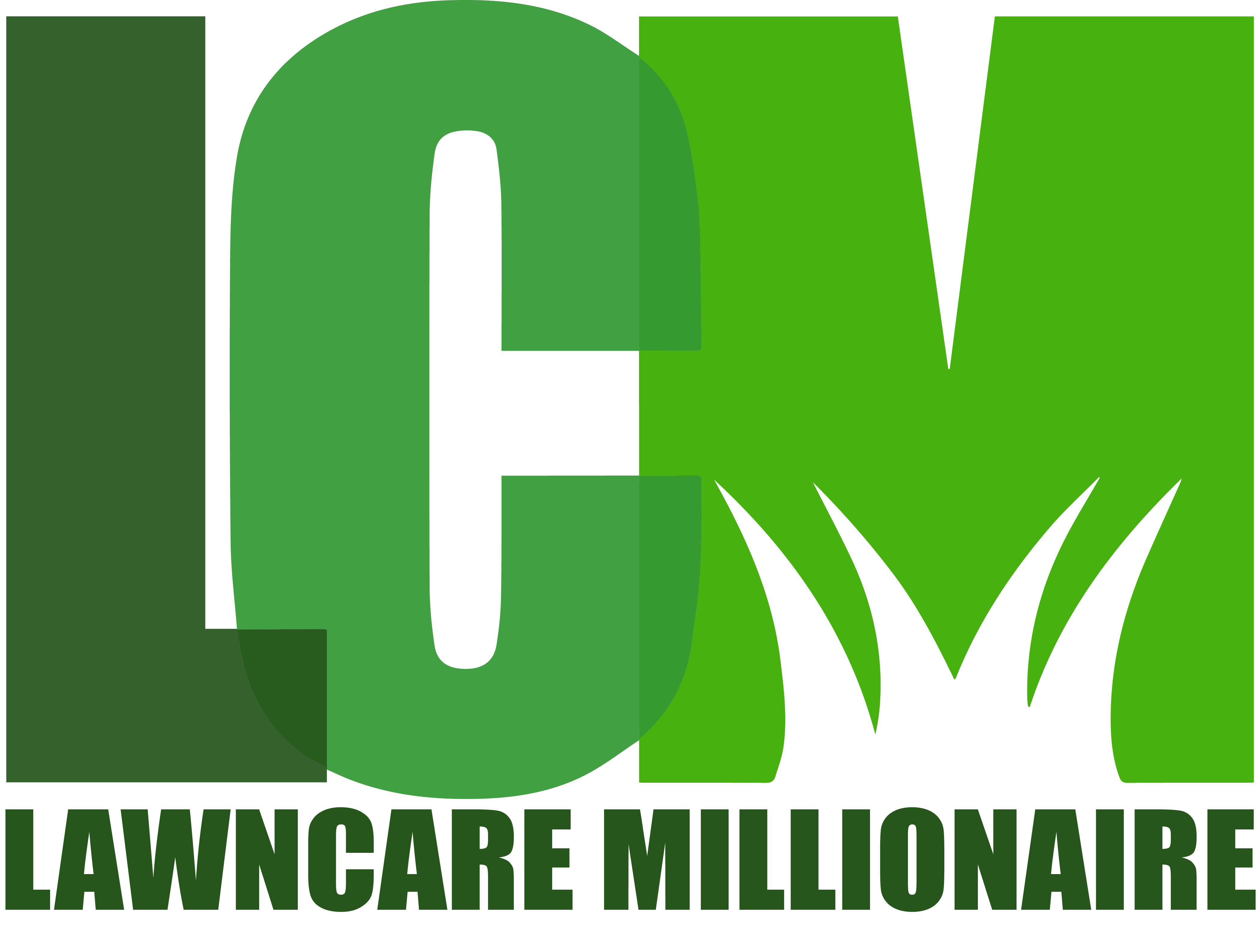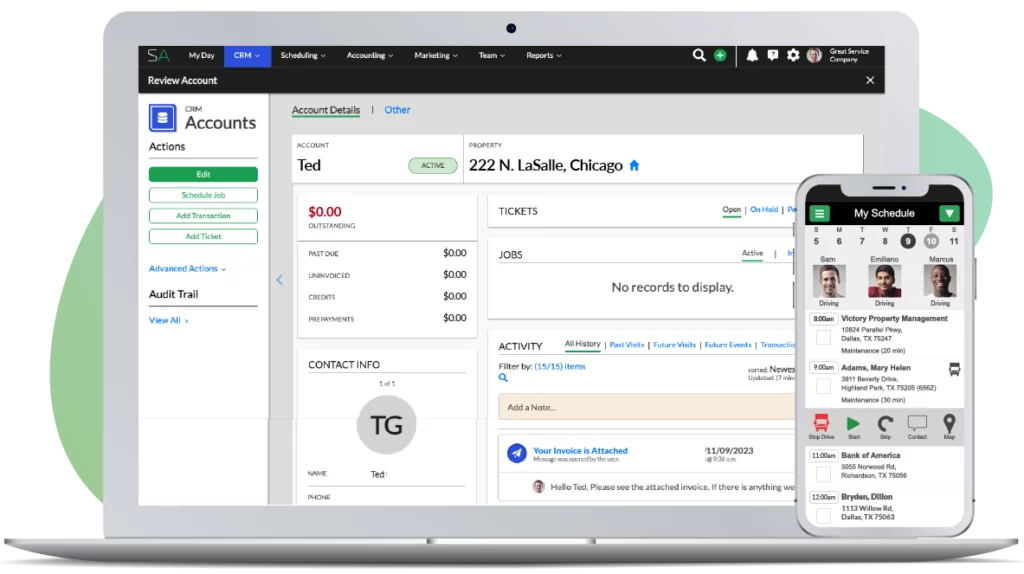This video explains why there is a discrepancy between your tax return and take home pay.
When it’s time to pay taxes and you get back your tax return from your accountant, does it ever feel like your tax returns said you made a whole lot more money than you actually put in your pocket? If so, I’m going to give you a really elementary example to show you why. And again, like so many of my other videos, if you judge the video based on the accuracy of the numbers in my examples, you’re not going to like what I have to say.
I didn’t put a lot of thought into this. I put some quick numbers into a spreadsheet. They’re solely for example purposes. Don’t get caught up on anything else. Let me show you why a couple things happen in your business that just frustrate the heck out of you and then have you asking why in the world am I not making as much money as my tax return says. Let’s use this example to set it up.
You did $200,000 in revenue. You had a $110 in expenses, and again fake numbers. Don’t make any assumptions based on these numbers about what you might be able to or not be able to do within your business. In this year at different times throughout the year, you had to buy some trucks and equipment. So, you buy your first truck for 20 grand, your second truck for 12 grand, and you had to buy $15,000 in equipment. If you look at this on a cash basis and let’s say paid cash for everything, that means you should have about $43,000. So, just imagine you didn’t take a cent out of the business all year long.
In December, you should have about 43 grand sitting in your bank account, okay. For my examples, let’s just imagine you don’t get paid a cent until year-end, okay. Now, let’s talk about this. Here’s how your tax return looks so much better than your actual bank balance. We’re a year 1 business, and just imagine that magically on day 1, January 1st, you started to accrue revenue, and as a result by the year end, you had made $200,000 in your first year. You had a $110 expenses, same as I showed a moment ago, but here’s what really happens.
You go out and you … oh, let’s jump over here to the right. If you can see versus 20 grand, you go out and you buy a truck for 20 grand and you buy another truck for 12 grand and you buy equipment for 15 grand. Please keep in mind this is throughout the year. It doesn’t all have to be January 1, but you had enough cash to pay cash. At the end of the year, we’re talking my same example as on the other sheet I’ve just shown you, you have $43,000 leftover theoretically in your bank, and actually that should be the case.
However, when your accountant does your tax return, you’re shocked to find out that you should have made $82,000. The reason for that is because when you go to deduct your trucks and your equipment, your accountant has to depreciate these assets over time. She can’t fully depreciate them. If you’re thinking about the $179 deduction, just forget that for the moment and follow me here if you’re familiar with that.
What happens is, your accountant has to classify these three things as fixed assets, and she has to depreciate them on an IRS depreciation schedule defined by the IRS, and the stuff changes over time. As a result, let’s just … I can’t remember the depreciation tables but let’s just say a truck is depreciated over 7 years and equipment over 5. I doubt that’s exactly accurate. If that were the case, then in year 1 you would only be able to deduct $2800 and then $1700 on truck 2, and $3000 on your equipment.
As a result, you spent a lot of cash leaving you with $43,000 in the bank. And maybe you paid yourself that $43,000, and that salary took all the money out of the bank to pay yourself. That was your salary. But, your tax return now says you made $82,000. That means that you have to pay taxes, and again my magic goal made up 25% tax rate. You would have to pay 25%, again not accurate, on your $82,000 which would be the equal amount of $20,000 in taxes.
You’re paying $20,000 in taxes, but you only took home $43,000 so theoretically that 20 is going to come out of your 43 and you’re going to make about $22,000 for the year. That’s highly frustrating. That’s the first example of how you make far less than what you actually take home. Yeah, you make far less than what your tax return says. It’s because depreciation will get you over time.
Now, let’s continue on with the second example. Now in year 2, nothing in your business gets better. You do the exact same accounts for the exact same revenue with the exact same expenses, but you now own your trucks and equipment, so you don’t have to actually buy anything.
Now in year 2, you have the same exact depreciation as year 1 because you’re depreciating in the second year of your fixed assets, so your tax return should show that you made $82,429. And so you think, oh great, I should have $82,000 left in the bank this year. Well, actually no. Because what happened is on April 15th of the second year of your business, you did your taxes and you did your taxes for year 1. You owe $20,607 and so you had to pay the $20,000 out of the company.
The reason I use this example is, a lot of times many companies in their first couple of years don’t actually report their income as payroll, so they don’t pay payroll taxes. So then what they do is, they take the money out of the company to pay the taxes. So you’d have to take out $20,000 to pay your taxes for the prior year because, remember you took $43,000 the first year which depleted the accounts and then the second in which your tax return showed $82,000. Now, you got to pay tax on year 1 of $20,000. In year 2, you were actually doing really good except, oh, you have to pay the $20,000 from the prior year, so you only got to take home $61,000 that year. Again, all fictitious, but this is the effect of depreciation and this is the effect of taxes.
Most companies, even if you are on payroll, you might be getting some form of distributions, or you have sort of phantom profits. That’s really the wrong word to use, but you have profits that you never actually put in your pocket because you’re investing in trucks and equipment, or you may be paying cash for those things and so things never line up between your tax return and how much money is in the bank and how much money you have. These are two examples of why.
Now, the inverse of this would be an alternative, and I used this approach for many years. Now, unfortunately the IRS is really making this difficult because tax laws changed quite a bit in the last many years, but what I did in the years priors, I used the Section 179 deduction.
In early years of my business under President Bush, they had really made the 179 deduction generous. I don’t remember the number now, but you could depreciate up to like 500,000 in fixed assets in one year.
Let me explain. Using our same example, what I did is instead of paying taxes, I made payments. Actually, let me rephrase that. Instead of paying my trucks and my equipment in cash, I financed them. What happens is, at some point in year 1, I bought a truck and I made about $1600 worth of payments. Maybe on this $20,000 truck, that’s 3, 3-1/2 months of payments. Then, on my $12,000 truck, I made some number of payments. Let’s call 6 or 7 months. Then, on my equipment, I made some number of payments. Let’s call it 6 months as well of payments. So, on a cash basis if you were to look at my bank account, I’ll have about 82,000 leftover within the year because I didn’t pay cash for these things. Remember they are 20, 12, and 15,000, but I didn’t pay cash.
I actually have $82,000 dollars left in the bank. But, thanks to the Section 179 deduction, I was able to fully depreciate 100% of my trucks and 100% of my equipment. On my tax return, I only showed that I made $43,000, when in fact I actually made 82 because I had 82 left in the bank. As a result, the difference between these two numbers saved me $9857 in tax. So, had I paid cash for my trucks and not been able to fully depreciate them, I would not have saved this $9800 in taxes. But, I was able to save the taxes because I was fully able to depreciate them this year.
Now in the year 2015, when I’m recording this video, these deductions have been severely pulled back. I mean, there’s a lot of limits placed on how much you can straight line depreciate under Section 179, so it’s changed drastically. But, in years prior, I was able to use something like this.
If your business is relatively small, you’re not depreciating much. You still may be able to take advantage of quite a bit of depreciation on a truck or a couple trucks under Section 179. But, it’s nothing like it was 5, 6 and 7 years ago.
Again, in summary, these are a couple examples of why your taxes and your cash balance in your bank account or your take home pay will never line up. They’ll never match. This is a great example why.



